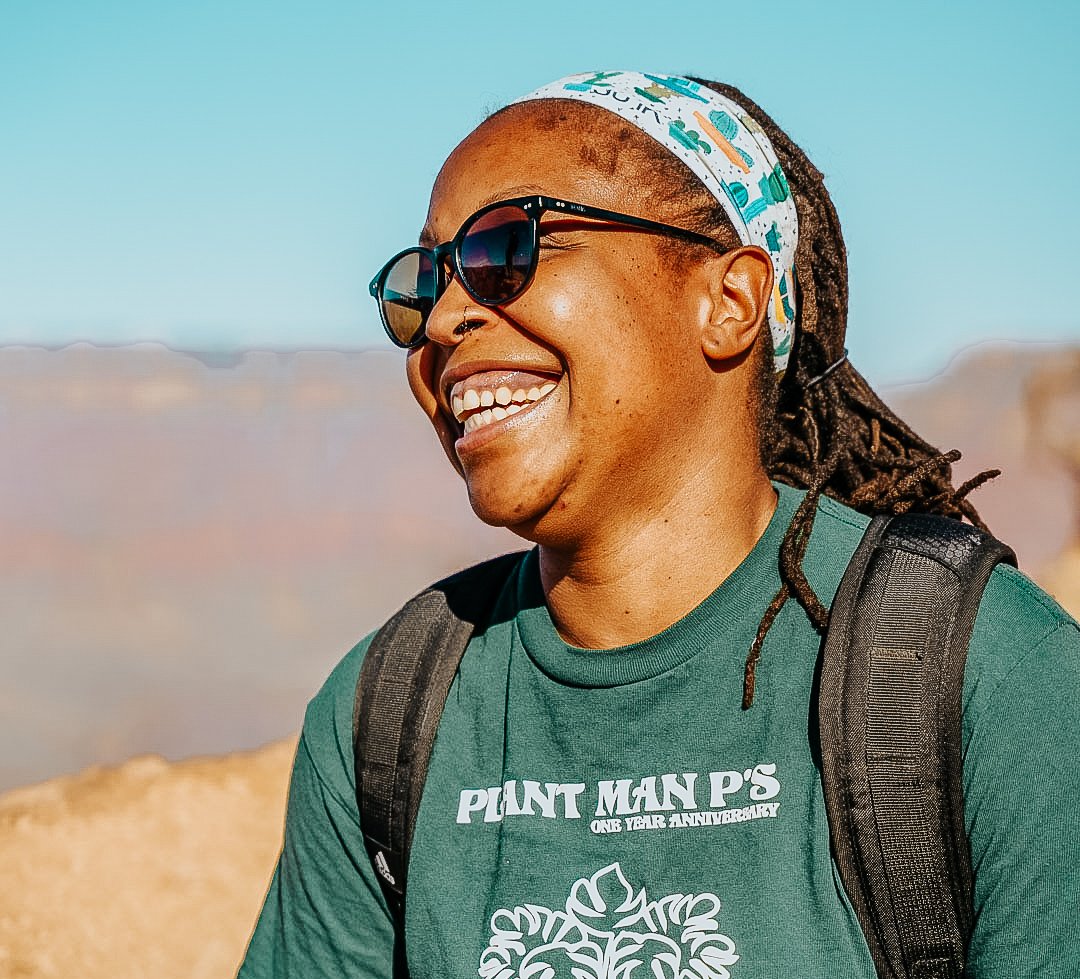Share this
10 Tips on How to Take Great Travel Photos on Your Phone
How to capture your favorite vacation moments with the camera in your pocket
It’s amazing that most of us carry a high-quality camera in our pockets with us wherever we go these days. Unless you’re a professional or really know your way around a DSLR, the truth is that most smartphones have just about everything you need in a camera for your travels. Most of what you need for a spectacular photo doesn’t even come from the tool itself; it comes from the photo’s composition and the eye of the photographer. Here are a few phone photography tips that will take your travel Instagram from interesting to incredible with a little bit of help from your phone.
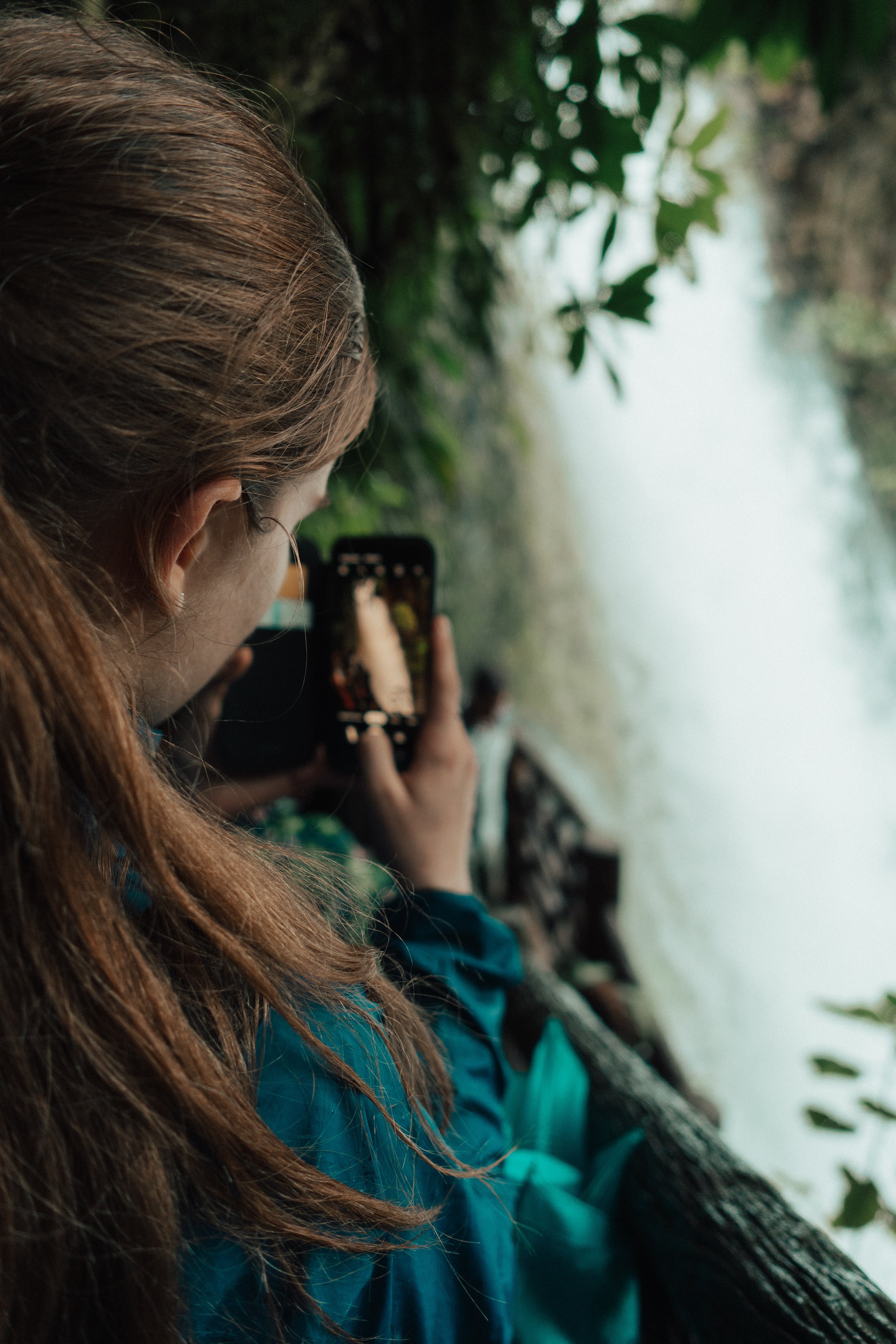
1. Know your audience
Who are you taking your photos for? Yourself? Your family back home? Your Instagram followers? Your mom might want to see goofy selfies of you and your friends on the beach or in front of an ancient castle, and you might want to remember the goofy sign out in front of that pub for yourself, but your Instagram audience might be more interested in grand landscapes and shots that inspire wanderlust. Knowing your audience will help you keep a focus and decide which pictures you want to take.
2. Educate yourself
Spend a little time learning about photography and how you can apply that when taking pictures with your phone. Learn about basic concepts like composition, lines of perspective, and the Rule of Thirds to help you set up beautiful shots. (Fun fact: Most phones have a grid you can turn on when using the camera, and you can use this grid to align your subjects to the Rule of Thirds and keep your horizons straight.) Scroll through Instagram to find travel bloggers that inspire you, figure out what it is about their photos that you love, and then incorporate some of those elements in your own work.
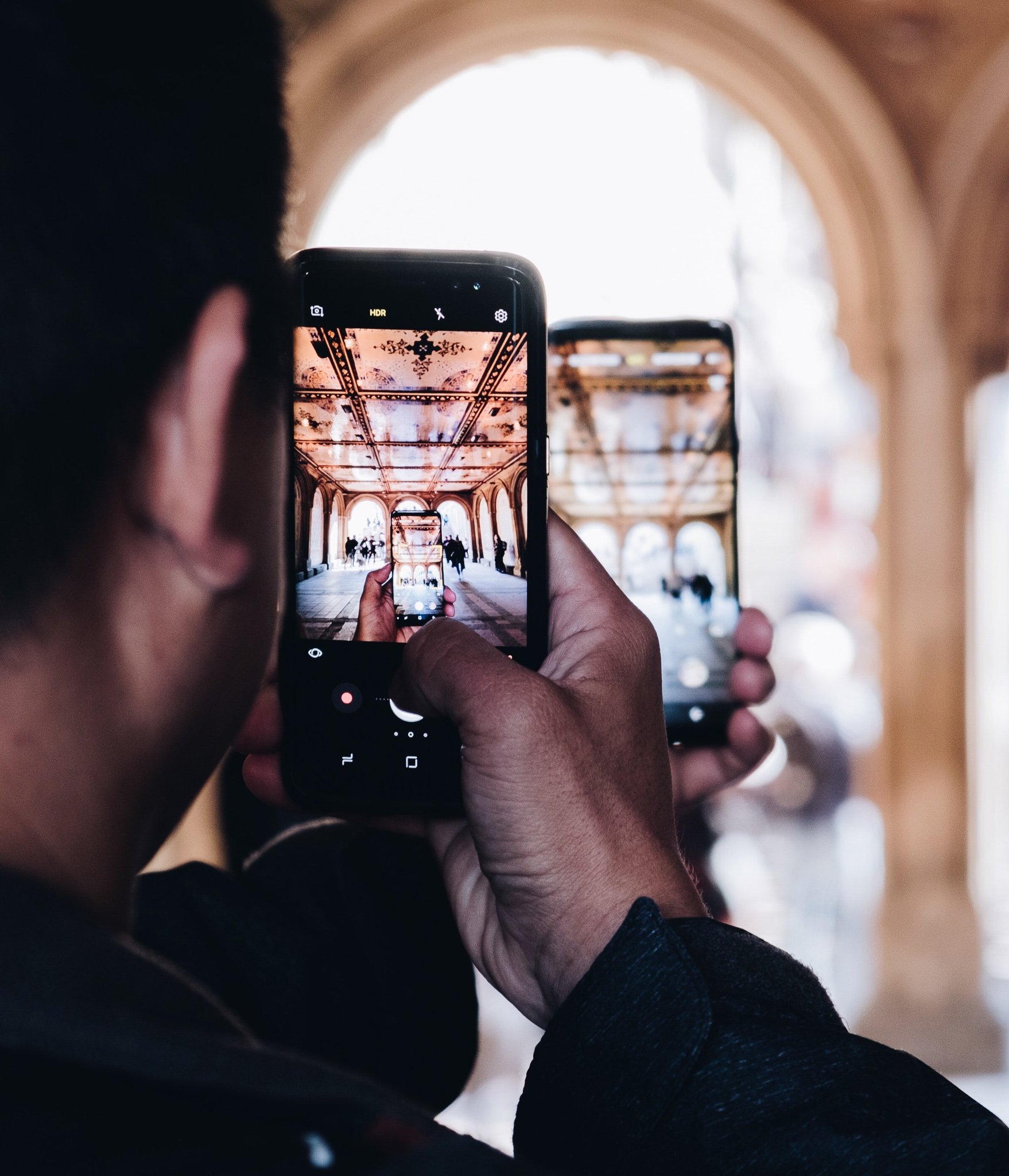
3. Make sure your phone is up to the task
Nothing sucks more than a dead phone when you’re trying to take a photo. Keep your phone charged and ready, and think about carrying a small power brick in your day bag if your battery has a tendency to drain at the worst possible times. Another important thing to keep in mind is memory: you can spend some of your downtime on trains or buses deleting photos you don’t like and making extra space for new ones, or make a habit of uploading your daily photos to the cloud when you get back to the hotel at night, so you’re not forced to delete all your apps just to get another few photos.
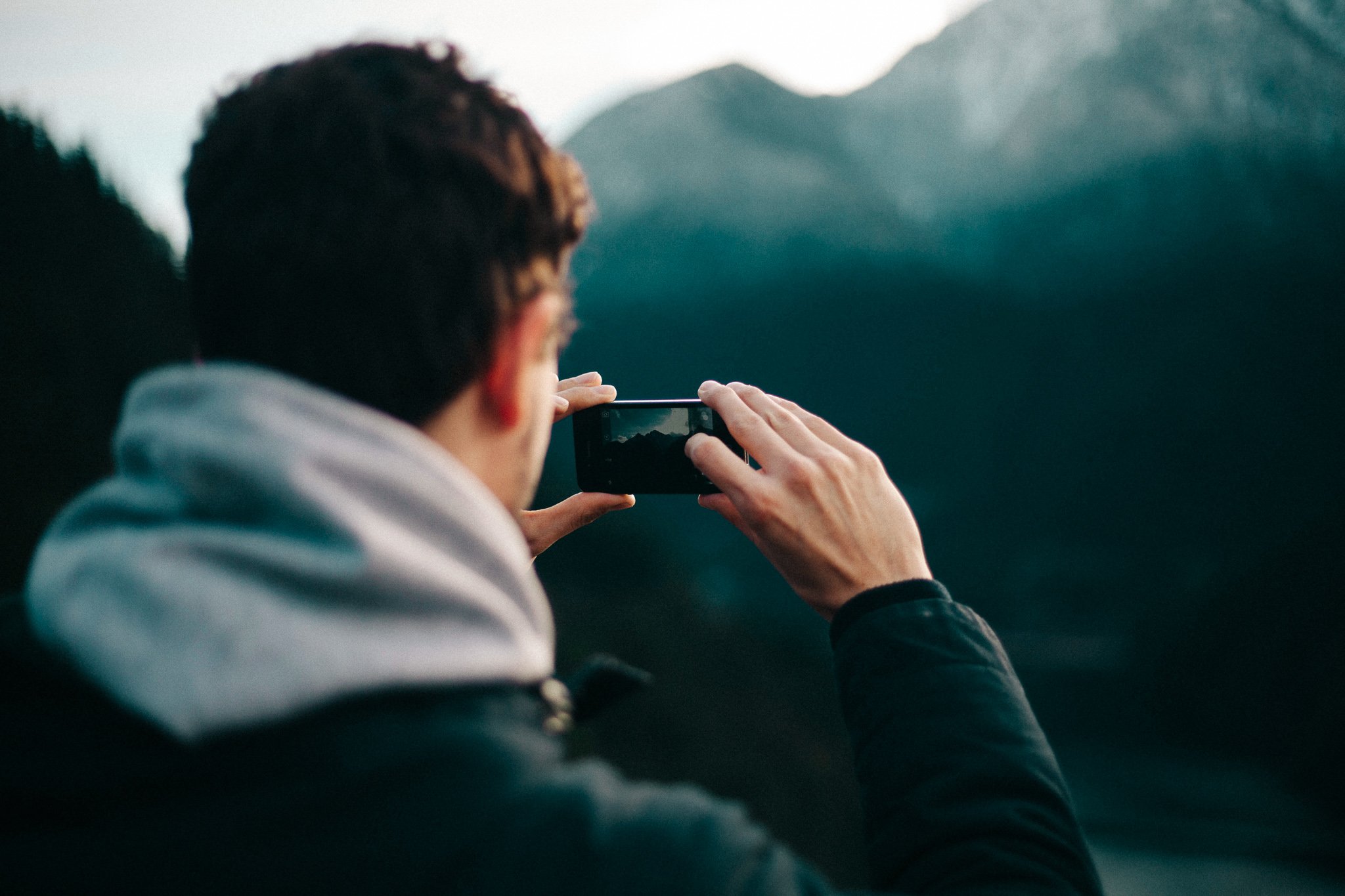
4. Get up early
The mountains are beautiful, but do you know what isn’t? All those other tourists in the foreground of the photos you took. Bite the bullet, get up early in the mornings, and try to hit up some major tourist sites before the crowds get to them. Your photos will look much cleaner and more striking, and you’ll be able to take advantage of the amazing natural light just after sunrise.
5. Take your time
Walk around for a little bit before pulling out your camera, and get a feel for what you’d like to capture in your photos. When you do decide to start taking pictures with your phone, take some time to set up your shot first. Sometimes the perfect shot means waiting, and that’s totally fine. Your photos will be more focused and thought out, and by thinking about your subject before you photograph it, you hopefully will end up with a few fantastic pictures instead of one or two good ones amidst hundreds.
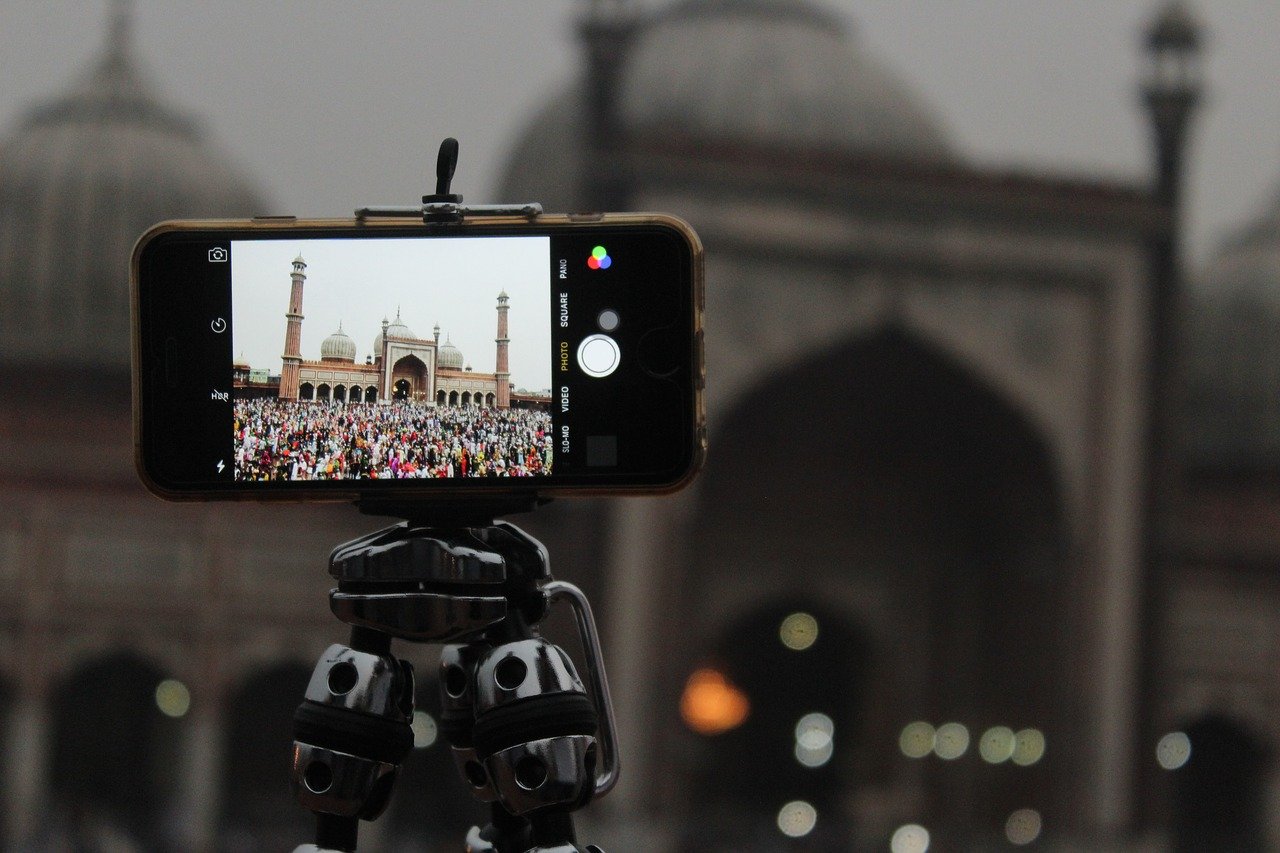
6. Invest in a few gadgets
I know, the whole point of this piece is to convince you that you don’t need a fancy camera, but that doesn’t mean a few select accessories can’t help you take great photos with your phone. Combined with the timer function on your phone’s camera, a small tripod – many of which are flexible to hold onto things like tree branches and railings – will help you set up and achieve a great angle for some truly stellar selfies. A tripod will also allow you to keep the camera steady, meaning your low-light photos will come out a lot clearer. Other cool and useful products for taking pictures with your phone include clip-on lenses for your phone, which will open up opportunities for macro, wide angle, and fisheye photography.
7. Use natural light whenever possible
The hour just after sunrise and the hour just before sunset are known as the Golden Hour, when the light is soft with a warm golden glow. The Golden Hour provides perfect lighting for most photography and creates especially flattering lighting for selfies and portraits. The hour just before sunrise and the hour just after sunset, when the sun is gone but it’s still light out, are known as the Blue Hour, and the soft blue light at these times of day is amazing for capturing landscapes, cityscapes, and still subjects (with the help of your small travel tripod!).
Even in dark areas, using the flash on your phone isn’t a great idea and should be avoided whenever possible. If you find that you do really need the flash, ask a friend to use their phone as a flashlight instead of using the one on your phone. This way, you can adjust where you want the light to come from and how you want to illuminate your subject.
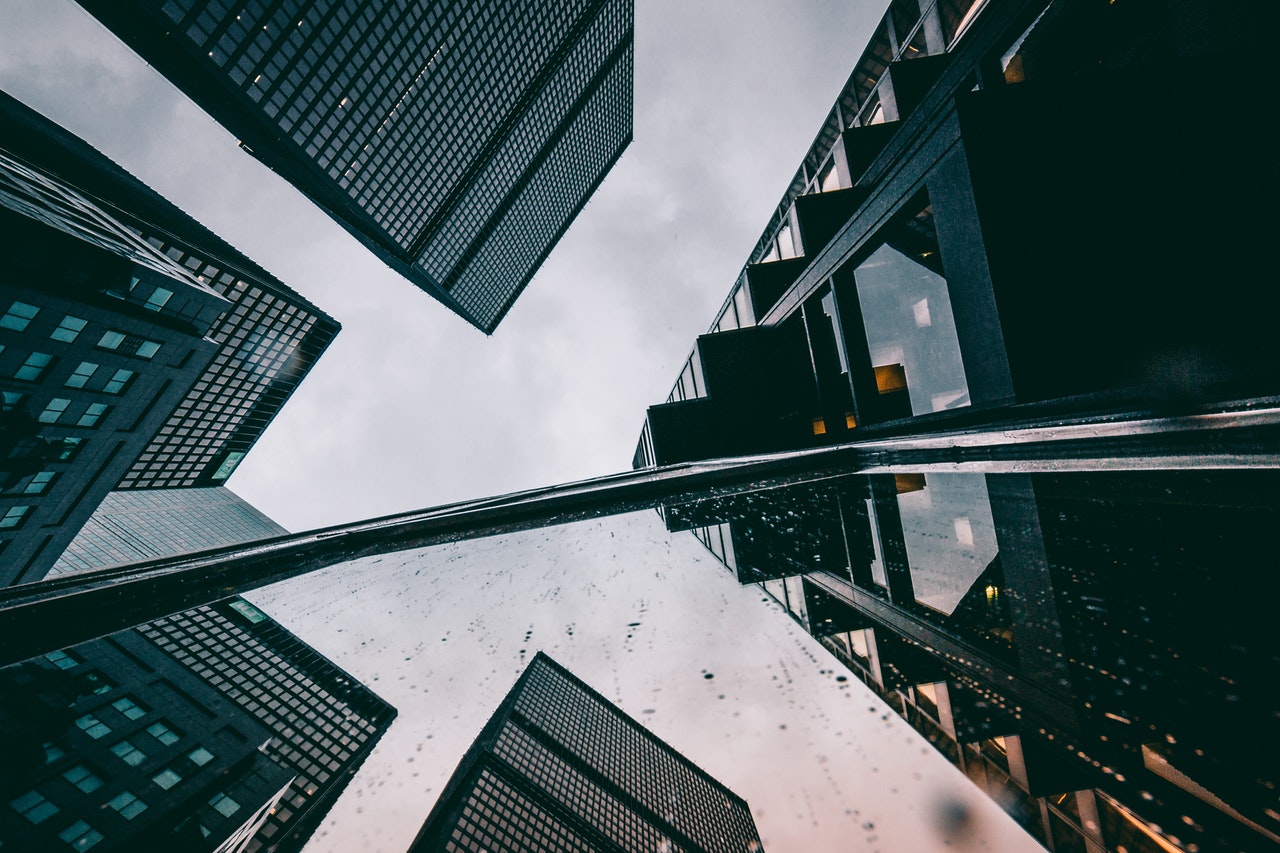
8. Get low, get high, get close
Whenever you can, try and get a different perspective of your subject than the typical photo taken from chest level. Often the easiest way to do this is to get low to the ground, which will change the entire composition of the photo. You can catch something unexpected in the foreground this way, like flowers or grass, or see the subject from a completely new angle. Play with the focus to get a really neat shot, or use reflections, shadows, and other natural elements as a part of your photo. Getting a different vantage point on your subject, whether it’s from high above or really close up (make sure to get physically closer instead of relying on your camera’s zoom function) will help to keep you from taking the same cliche shots that every other tourist takes.
9. Experiment with photography before you leave
Instagram has its own photo editor, as does your phone, but there are hundreds of other photo editing apps out there that can help you create some amazing images. Some of the most popular are Snapseed, VSCO, and Afterlight. Play around with a few of them before you travel to decide which you like best. Also important is to make sure you familiarize yourself with your phone’s camera app. Learn how to focus photos, change settings, use burst mode, and take advantage of every feature that allows you to take great photos with your phone.
10. Put the camera away, but keep your eyes open
Constantly keeping your phone in hand means that you’ll probably end up taking hundreds of photos, and when you look back at them later, you’ll delete a lot of them. Instead, start training your eye to notice great shots even when your phone is tucked away in your pocket or purse. Keep an eye out for pops of color, unique lines or perspectives, and scenes that you feel you really want to capture. Even if you don’t actually take photos of all these things, the practice will improve the photos you do take in the future.
Conclusion
Remember, travel should be about much more than seeing the world through a camera lens. It’s nice to have an extensive personal collection of photos, but be careful not to let those pictures serve as your only memories of the trip. Don’t be afraid to turn your phone off and have fun because, without a doubt, experiencing travel is infinitely better than just looking at it.
- December 2025 (1)
- November 2025 (3)
- October 2025 (1)
- September 2025 (1)
- August 2025 (3)
- July 2025 (1)
- June 2025 (1)
- April 2025 (2)
- February 2025 (1)
- January 2025 (1)
- October 2024 (1)
- September 2024 (2)
- August 2024 (1)
- July 2024 (2)
- June 2024 (2)
- May 2024 (1)
- April 2024 (3)
- March 2024 (7)
- February 2024 (3)
- December 2023 (2)
- November 2023 (1)
- September 2023 (1)
- August 2023 (2)
- July 2023 (2)
- June 2023 (10)
- May 2023 (4)
- April 2023 (1)
- March 2023 (3)
- February 2023 (1)
- December 2022 (1)
- October 2022 (2)
- August 2022 (4)
- July 2022 (1)
- June 2022 (2)
- May 2022 (1)
- April 2022 (4)
- March 2022 (7)
- February 2022 (6)
- January 2022 (5)
- December 2021 (29)
